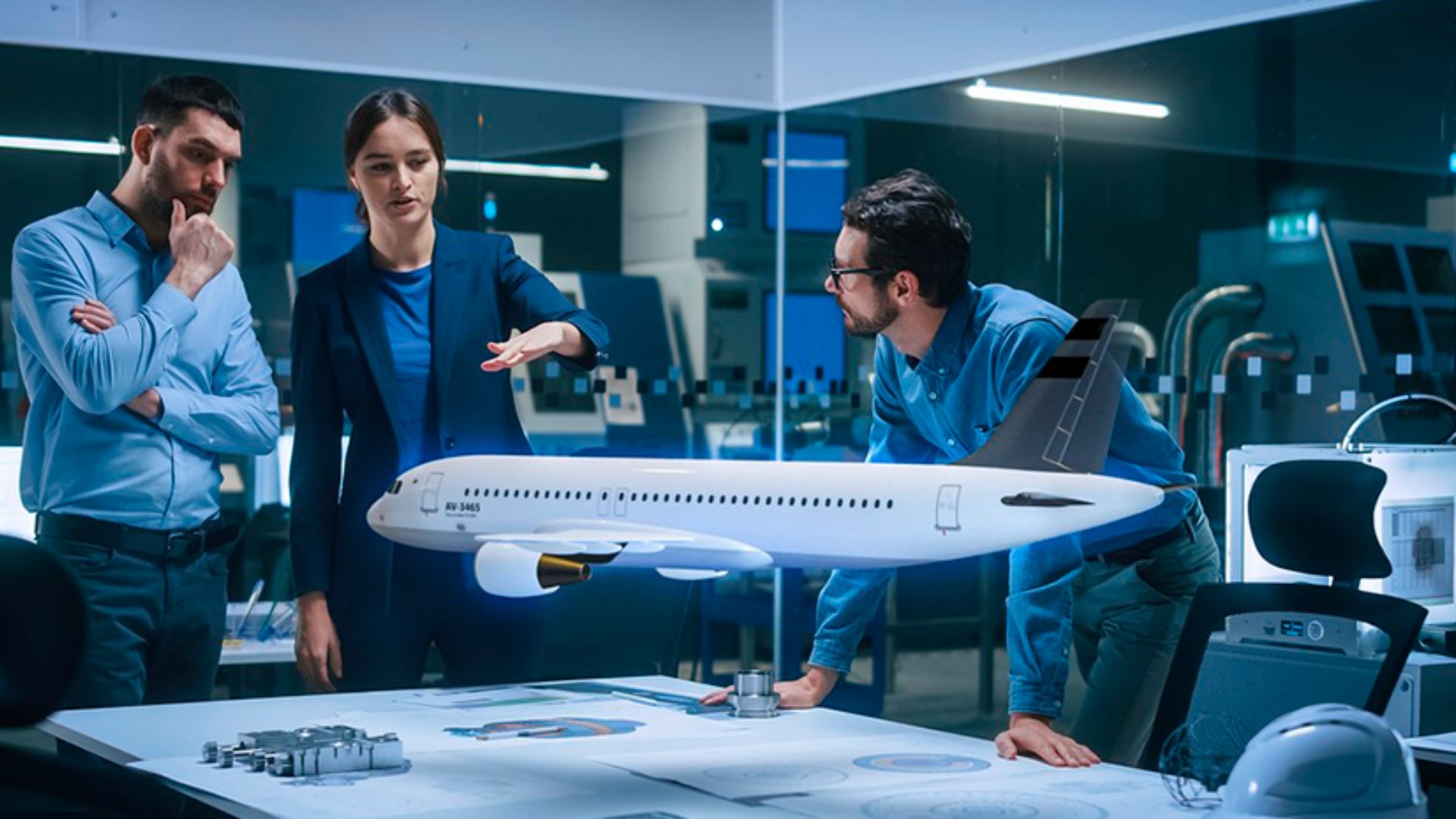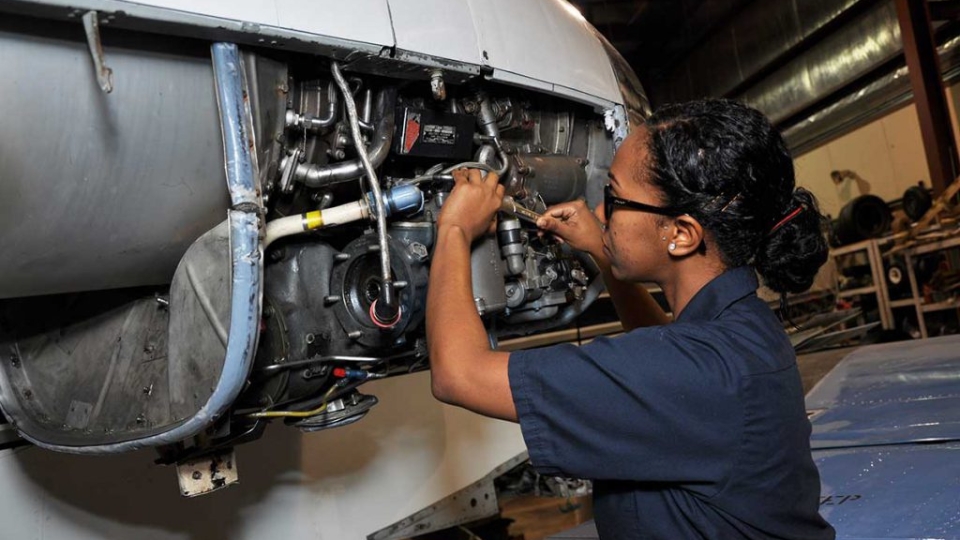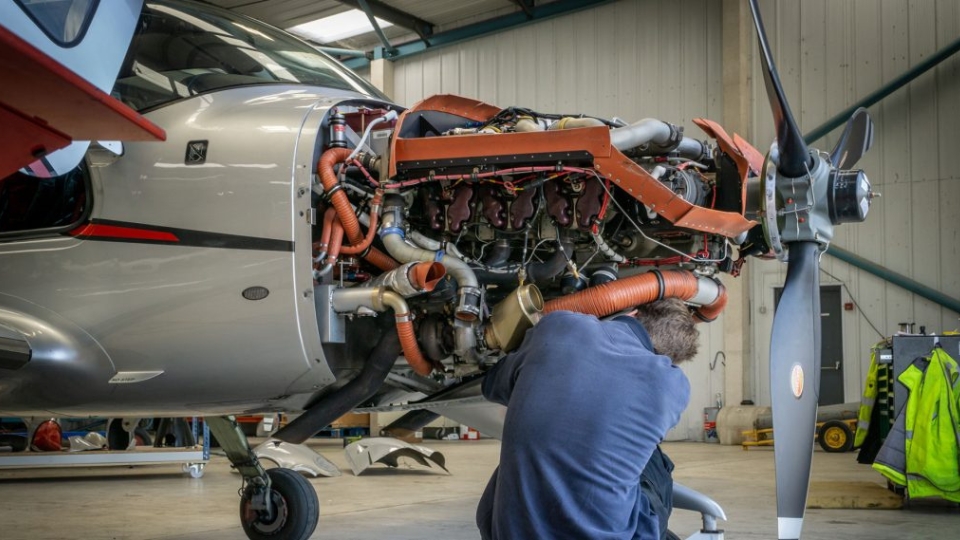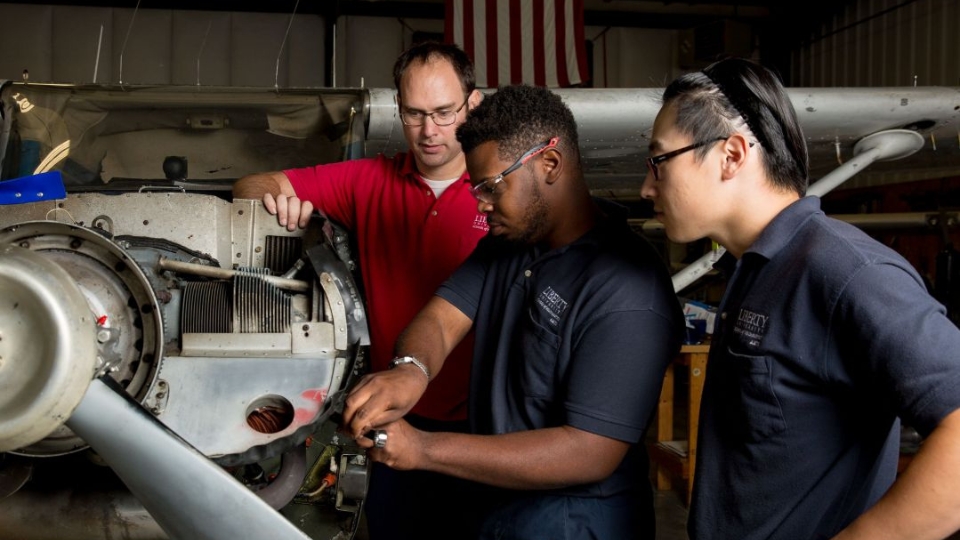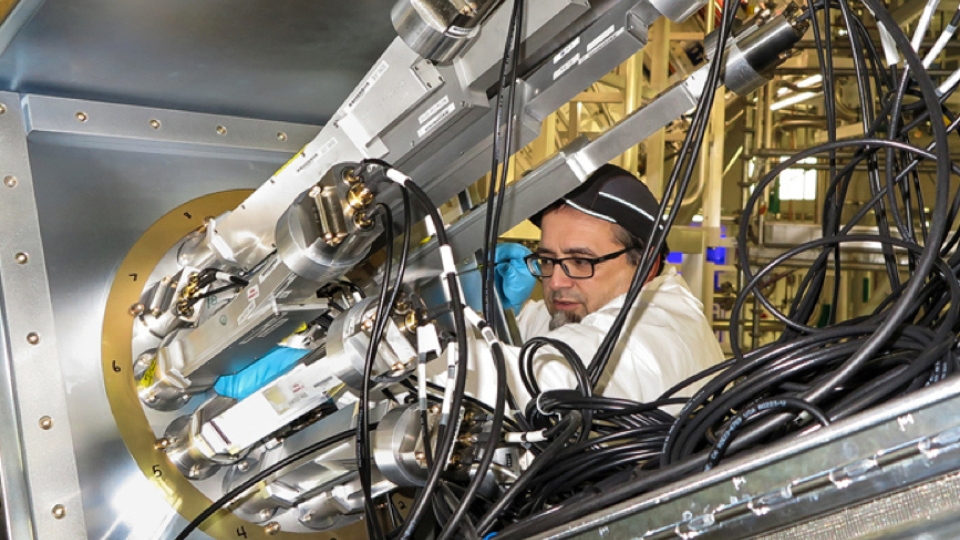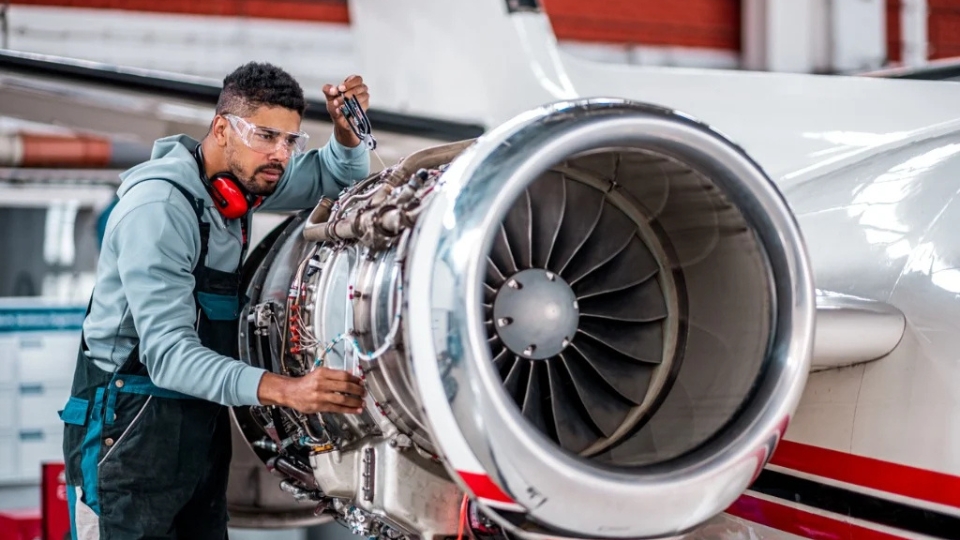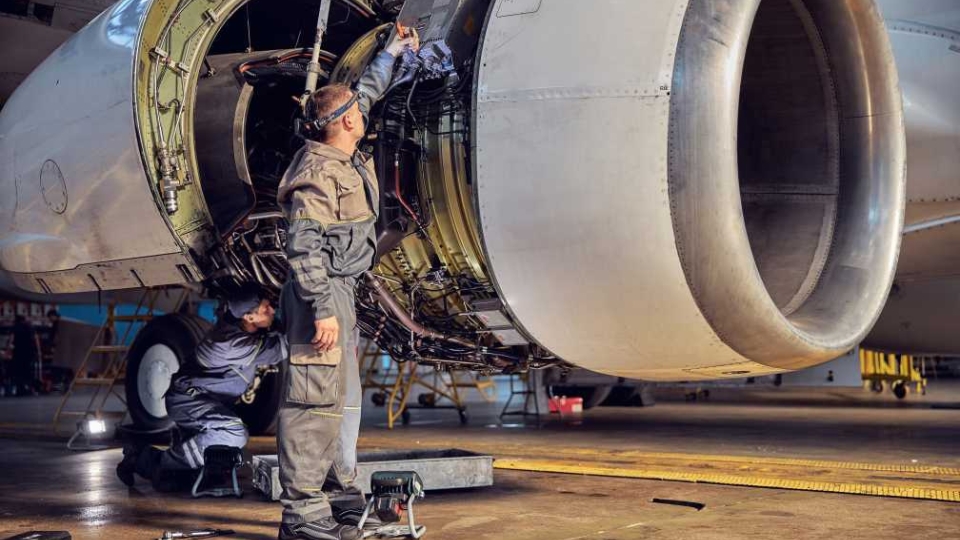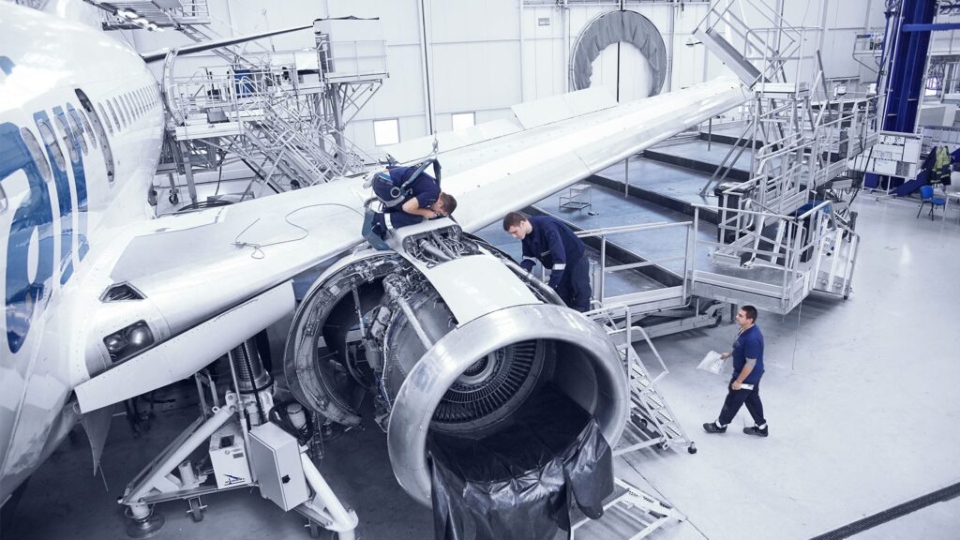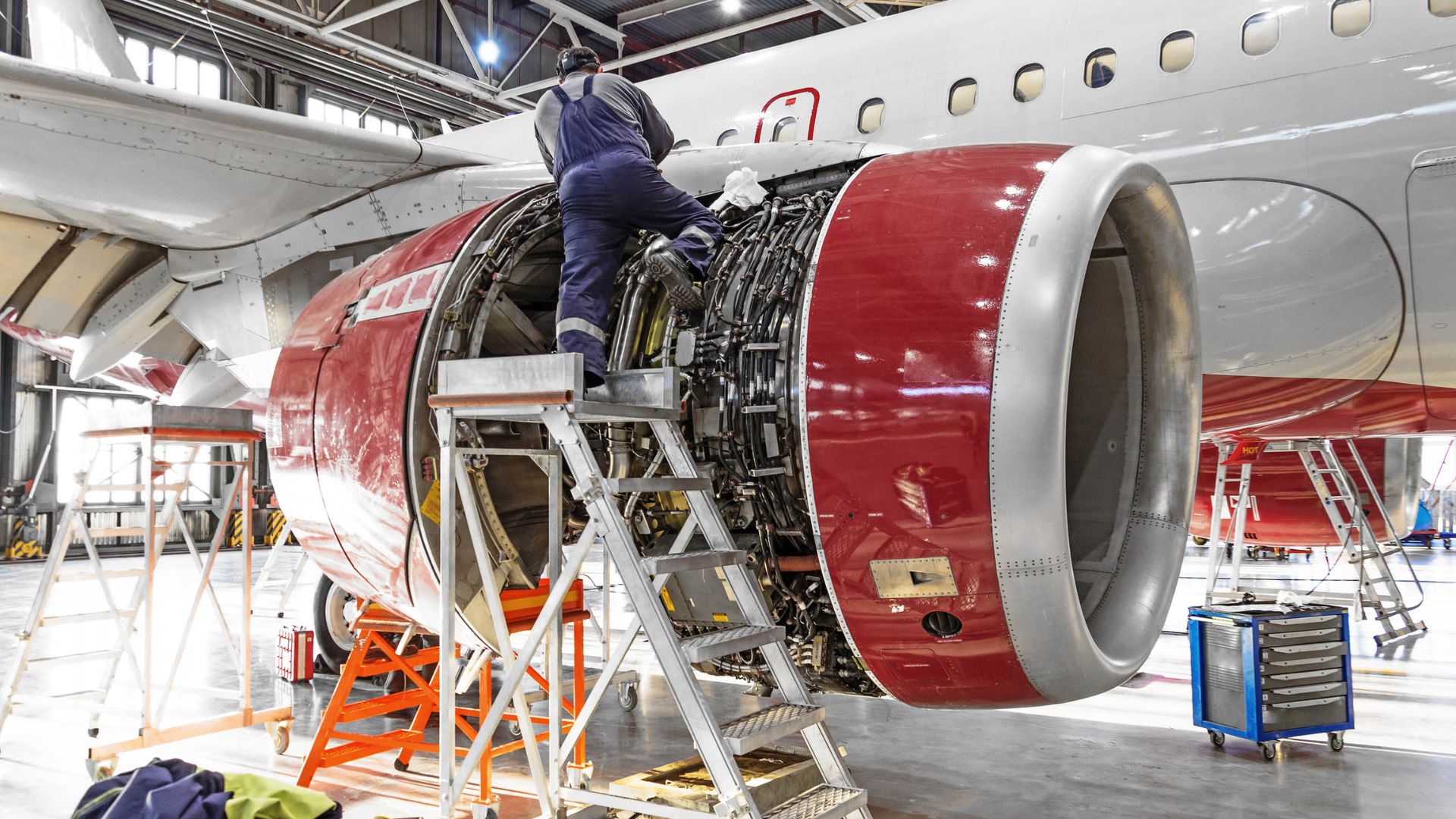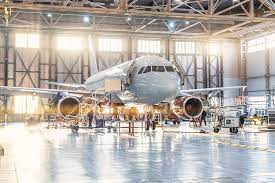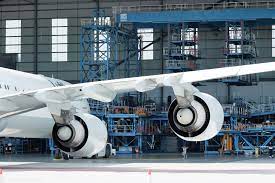Aircraft maintenance is no longer just about wrenches, checklists, and manual inspections. As aviation evolves, so does the technology behind maintaining aircraft. Today’s aircraft maintenance operations are becoming faster, safer, and smarter thanks to digital innovation, automation, and data-driven tools. Here’s a closer look at how technology is transforming the world of aircraft maintenance.
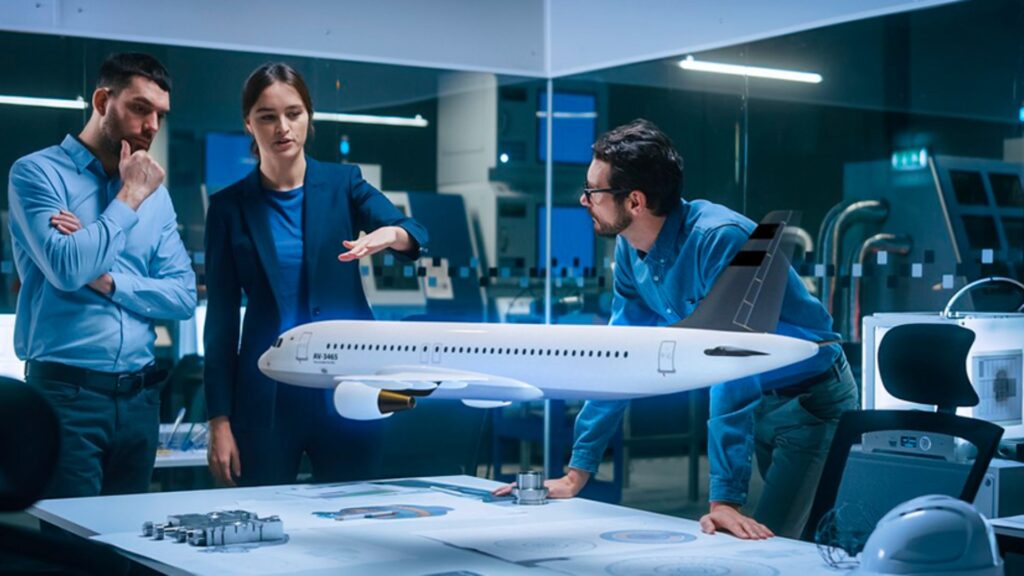
Predictive Maintenance: Fixing Issues Before They Happen
One of the most revolutionary changes is the shift from reactive to predictive maintenance. Traditional maintenance relies on scheduled inspections, but predictive maintenance uses real-time data and analytics to anticipate problems before they occur.
Sensors installed throughout the aircraft collect performance data on engines, hydraulics, electronics, and other systems. This data is continuously analyzed by artificial intelligence (AI) to detect patterns, anomalies, or early signs of component failure.
Benefits:
-
Reduces unscheduled downtime
-
Prevents in-flight failures
-
Lowers long-term maintenance costs
-
Increases aircraft availability
For example, if an engine bearing starts to vibrate abnormally, the system alerts engineers before it becomes a hazard, allowing for timely replacement.
Internet of Things (IoT) and Smart Sensors
Modern aircraft are equipped with IoT-enabled systems that provide constant updates about the condition of critical components. These smart sensors track parameters like temperature, pressure, fluid levels, vibration, and system loads.
All this information is transmitted to maintenance teams on the ground in real time. As a result, engineers no longer have to rely solely on post-flight reports or manual inspections. Instead, they can monitor an aircraft’s health while it’s still in the air and prepare for service before it even lands.
Artificial Intelligence and Machine Learning
AI and machine learning algorithms are helping engineers make better decisions, faster. These technologies:
-
Analyze historical maintenance data
-
Predict component lifespan
-
Recommend optimized maintenance schedules
-
Detect faults from sensor data or visual scans
AI doesn’t replace engineers—it augments their capabilities, allowing them to prioritize urgent tasks and avoid unnecessary downtime.
Drones for Visual Inspections
Aircraft inspections, especially on large jets, can be time-consuming and require scaffolding or lifts to reach high areas. Drones equipped with high-resolution cameras and sensors now perform quick and detailed external inspections.
Drones can inspect:
-
Fuselage surfaces
-
Wings and tail assemblies
-
Landing gear
-
Hard-to-reach components
By flying around the aircraft, drones capture images and identify cracks, dents, or paint degradation. This reduces inspection time from several hours to just minutes and improves safety for maintenance crews.
Digital Twins and Virtual Models
A digital twin is a real-time virtual replica of an aircraft that mirrors its condition and behavior using live data. Engineers use these models to:
-
Simulate how the aircraft responds to various conditions
-
Predict how components will wear over time
-
Test maintenance procedures before applying them in real life
Digital twins enable proactive maintenance planning and allow engineers to visualize the impact of repairs or replacements, reducing the risk of error.
Augmented and Virtual Reality (AR/VR)
Technicians are also using augmented reality (AR) and virtual reality (VR) for training and on-the-job support. AR headsets can overlay diagrams, checklists, or 3D models onto the physical aircraft, guiding engineers step-by-step.
Benefits of AR/VR include:
-
Faster training for new technicians
-
Improved accuracy and fewer mistakes
-
Hands-free access to technical manuals
This technology helps bridge the skills gap and ensures consistent, high-quality maintenance.
The Results: Safer, Faster, and Smarter
Thanks to these advancements, aircraft maintenance is becoming:
-
More efficient: With less downtime and fewer delays
-
More accurate: Reducing human error through automation and AI
-
More cost-effective: Predicting and preventing failures before they occur
-
More sustainable: By extending component lifespans and optimizing resource use
Conclusion
Technology is fundamentally reshaping aircraft maintenance. From drones and sensors to AI and AR, these innovations are enhancing safety, saving time, and reducing costs. As aircraft become more advanced, the tools that maintain them must evolve too—ensuring that every flight is not just possible, but perfectly prepared.

